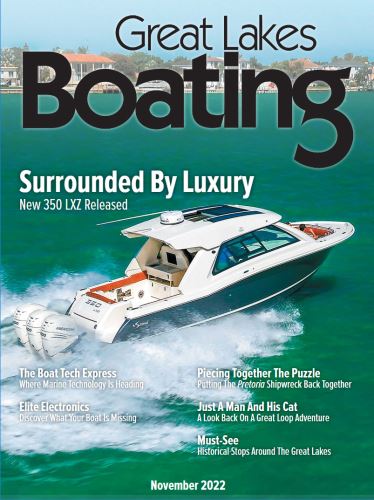 Getting a boat lift is an exciting step for any boat owner. This purchase will not only make your dock system come together and make your upcoming seasons of fun that much more real, but it will also help you take better care of your boat. Simply lifting your boat out of the water when you’re not using it makes maintaining it easier, reduces the amount of maintenance you have to do, and protects your boat’s value.
Getting a boat lift is an exciting step for any boat owner. This purchase will not only make your dock system come together and make your upcoming seasons of fun that much more real, but it will also help you take better care of your boat. Simply lifting your boat out of the water when you’re not using it makes maintaining it easier, reduces the amount of maintenance you have to do, and protects your boat’s value.
There are so many great reasons to buy a boat lift—you just have to make sure you’re getting the right size. Getting the wrong sized boat lift means that your boat isn’t resting as securely or that you’ve overloaded your lift and run the risk of causing injuries and damage. To avoid that, you’ll need to bring some measurements to your dealer when you go shopping so they can point you in the right direction.
Getting the right sized boat lift comes down to your boat and the space on your shoreline that you have to work with. Consider how much space you have to work with on your shoreline, both in terms of the actual amount of land you have to work with and any local requirements about how large your boat lift or dock system can be. Boat lifts come in different styles and sizes, and depending on your dock layout and slip width, you might need to narrow down your options.
When it comes to your boat itself, you’ll need to know how much it weighs. Boat lifts are rated by their weight capacity and not a pound over, so make sure you’re confident in this number. The spec sheet or brochure that came with your boat will have the boat’s dry weight on it, which is a good place to start. However, your dry weight doesn’t include fuel, water, watersports supplies, passengers, safety equipment, and anything else you’ll need to bring on board to use it. Allow a 20% margin of error for your calculations and always err on the side of having more capacity than you’ll need, especially if you plan on upgrading to a larger boat in the future.
The style of your boat also matters when you’re thinking about boat lift sizes. The beam—the widest part of your boat—is a crucial measurement because your boat lift will need to be able to accommodate that. Allow a four-inch cushion on either side of the lift to ensure that you’re not trying to squeeze into a tight fit. Allow ten inches of cushion if you’re using guideposts on your lift.
The shape of your hull also matters. V-hull, pontoon, V-drive, and other hull shapes impact the size and dimensions of your boat and are important to factor in when choosing a boat lift. Also, consider whether you have an inboard or outboard motor, which affects the dimensions, weight, and weight distribution.
You’re going to spend a lot of time on and off the water getting to know everything about your boat. Get a head start by learning its size, dimensions, and weight while you’re looking for the best boat lift possible. It’s best to be prepared, especially when it comes to the years of use you’ll get out of your boat lift and how much you’re trusting your boat lift with.
For more information:
ShoreMaster
1025 International Drive
Fergus Falls, MN 56537
800.328.8945
www.shoremaster.com

